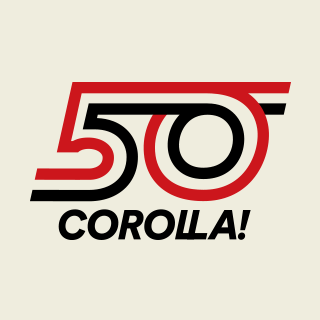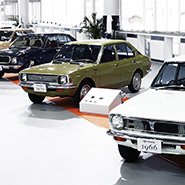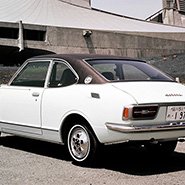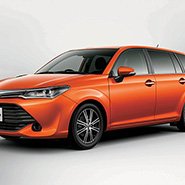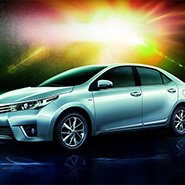Nov. 14, 2016
Corolla and Motor Sports
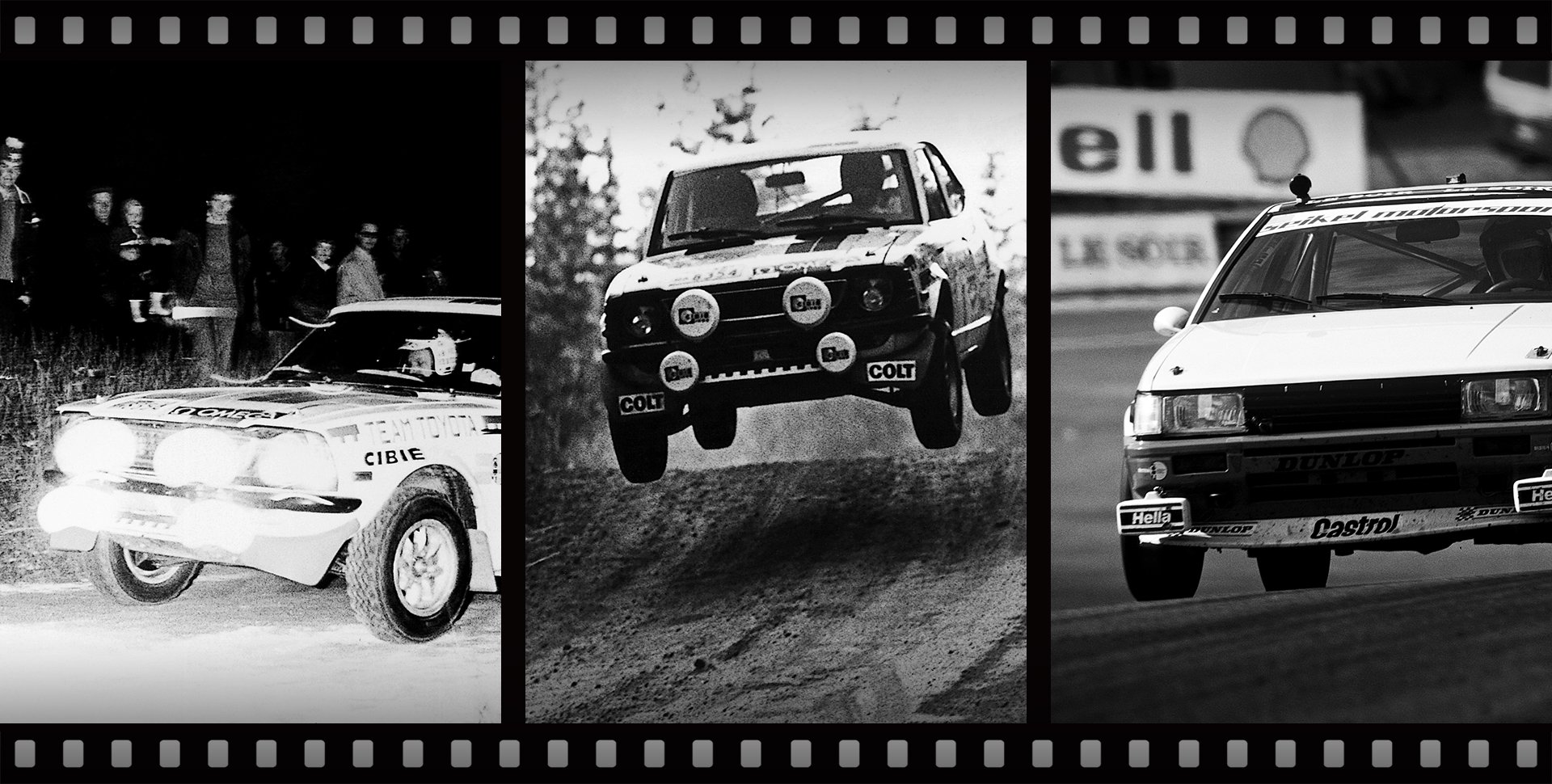

It is beyond one’s imagination that a small and light Corolla with a 2-liter engine would have proved to be the most competitive car at the WRC!
It wouldn’t be far-fetched to declare the best-selling Corolla as the face of Toyota, but the vehicle's presence in rally races and other motor sports is largely unknown beyond its fan base.
The Corolla is most renowned for competing in the World Rally Championship (WRC) with Toyota Team Europe (TTE) under the leadership of Ove Andersson. But for the nearly 30 years in which the Corolla had raced in the WRC, it only played a prominent role for a surprisingly brief time.
Excluding a few events here and there, Toyota began competing in the WRC with members at the No. 7 Engineering Department (later renamed the No. 17 Engineering Department) in the 1960s. They selected the Celica as their WRC machine, as it was the only Toyota model with the 2T-G twin cam engine. They had no other alternatives. Even so, TTE won numerous awards for placing in the top 10 in the WRC's European rounds. However, Toyota's race cars could not keep up with the power-weight ratios of rivals in the quest to do better and to win an overall championship.
Later, in 1972, the lighter and more compact 20-series Corolla outfitting the Celica's 2T-G engine was introduced to the market, which was named as the Corolla Levin/Sprinter Trueno. This would later become the renowned TE27. From 1973 onward, the Corolla Levin and its 2T-G engine raced in the WRC. At first, it was equipped with the production model 8-valve engine as it began appearing at Group 2 rallies.

The Corolla touring car racing in the 1,000 Lakes Rally
Yet, it was not the Levin that achieved the Corolla's first WRC win. In November 1973, a TE25 Corolla (a second-generation Corolla based on the 1600 SR) equipped with a 2T-B engine (a 1,600-cc OHV engine based on the 2T-G) entered and won the Press-on-Regardless Rally held in the United States. This was not the expected venue for Toyota's first WRC win. Although it was part of the World Rally Championship, at the time European teams did not travel beyond their continent for races, and hence, there were only local drivers from the U.S.
Although the decision to switch the main WRC machine from the Celica to the Corolla was a step forward for Toyota in the event, a huge obstacle had occurred - the oil crisis that began as a result of disputes in the Middle East. The reliance on oil hit the automobile industry hard, and Toyota decided to stop participating in motor sports in Japan. This inevitably meant the disbanding of the No. 17 Engineering Department that had served as Toyota's motor sports team.
It was under these trying circumstances that Toyota left it up to Ove Andersson to manage TTE at European rallies. In late-1974, Toyota introduced a Group 4 Corolla with a 151E engine, which had a 16-valve head installed on a 2T-G engine. In 1975, the Corolla racked up several wins during testing in local events, and was then placed third at a rally held in Portugal. Finally, TTE were able to stand on the podium.
TTE's long-awaited first win in Europe came that year at the 1,000 Lakes Rally (now Rally Finland). Hannu Mikkola drove a Corolla Levin packed with a 1.6-liter 151E, while having 16 valves and nearly 200 horsepower. It was a fight between the Levin and rivals like Ford and Saab. Mikkola finally broke away from the pack toward the end of the rally to grab that long sought-after victory.
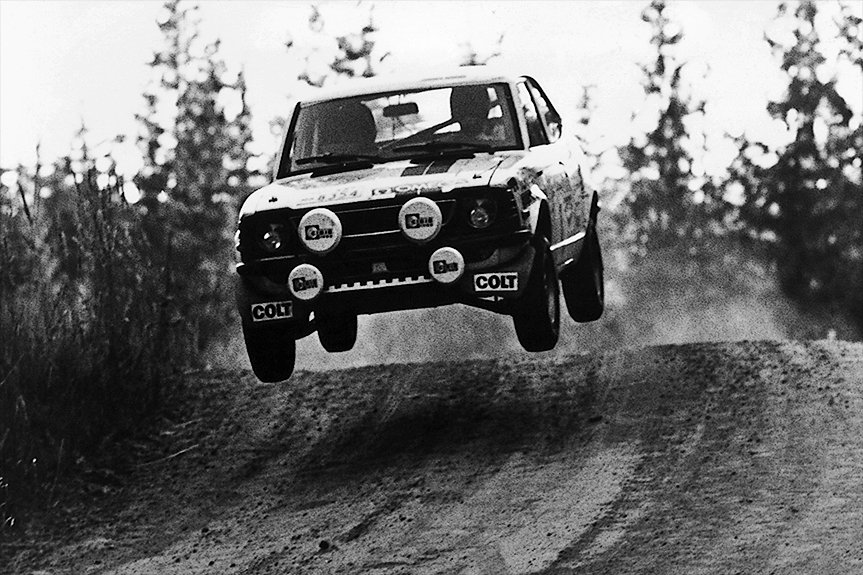
The Corolla Levin won the victory at the 1,000 Lakes Rally
However, TTE subsequently began to shift away from using the Corolla as the team's primary vehicle. The reason was the 1.6-liter engine. The team's rivals at the time, the Ford Escort and the Fiat 131 Abarth, carried 2-liter engines in bodies of roughly equal size to that of the Corolla. Aside from the rally in Finland, where drivers tend to rev up their engines and drive fast, the key at many rallies is how the racer handles the vehicle at low and medium speeds, and this is where the 1.6-liter engine could not make up for the 400-cc displacement gap. TTE later switched to primarily using a Celica outfitted with the 2-liter 18R-G engine.
TTE's chief, Ove Andersson, said at the time that he thought it best to put a 2-liter engine in the Corolla, because that would give it a power-weight ratio on par with cars like the Ford Escort. But Toyota did not agree with the idea. So his only choices were the Corolla with a 1.6-liter engine and insufficient torque, or the Celica, which was big and heavy but had a comparable engine to its rivals. Andersson thought the Celica may not have been the optimal choice, but he said that at least it did have good torque at low revolutions, which significant for a rally.
Toyota restarted its dormant motor sports program in 1983, but even then, the Corolla did not become the automaker's main machine. As the WRC transitioned from Group 4 cars to Group B specs in the late-1970s, and then to Group A vehicles in the 1990s, Toyota and TTE only raced the Celica at rallies.
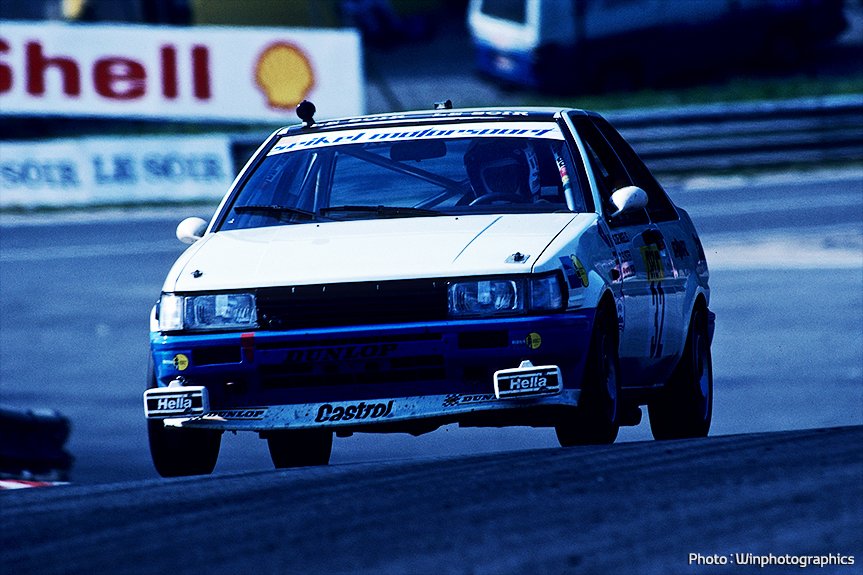
The AE86 Levin racing in the Total 24 Hours of Spa in 1983
A turning point came in 1997. That was the year the Federation Internationale de l'automobile (FIA) introduced the World Rally Car regulations (for vehicles used in the highest competitive WRC class) to the WRC. These new rules allowed a team to install an engine that is not used in the production model, so long as it was from the same maker. Toyota equipped the Corolla with the 3S-GT engine, which was used in the Celica. Thus, the Corolla WRC (World Rally Car) was born.
25 years after Ove Andersson first asked Toyota to do so, the Corolla was at last equipped with a 2-liter engine for the first time. The base vehicle was the AE111 Corolla, a European model that was not sold in the Japan market.
The Corolla WRC machine came out of nowhere to secure a win with Carlos Sainz behind the wheel at Rallye Monte Carlo in 1998, when the Toyota works team made their return to the World Rally Championship. At the final round of the Rally of Great Britain, the year came to a tragic close with an engine blow-out of 300 meters from the finish line. Thus the championship eluded Toyota's grasp. However, Toyota did win the manufacturer's title in 1999. The honors then came to an end when Toyota decided to temporarily withdraw from the WRC so as to compete in Formula 1.
Toyota declared in 2015 a return to the WRC in 2017, by racing the Yaris compact car. The Japanese automaker will again take up the challenge of racing on roads across the globe in a competition that helped the Celica and Corolla develop into better vehicles. Although people tend to overlook an "affordable car," the Corolla played a huge role in the history of making better cars by competing in motor sports, even when the race team's plans fell apart. The results of the 2017 season will reveal whether or not the Yaris can carry on the spirit of determination as exhibited by the Corolla.
